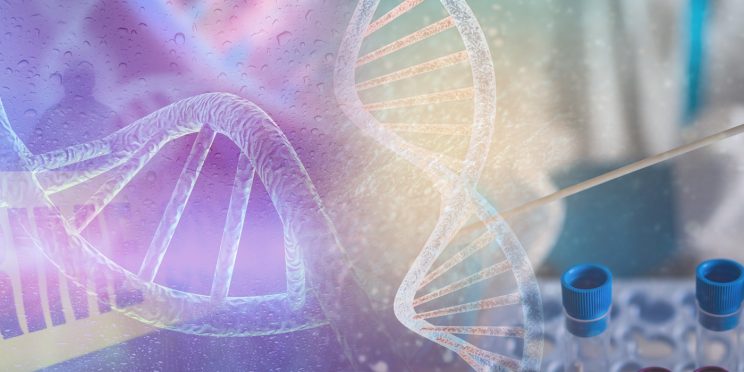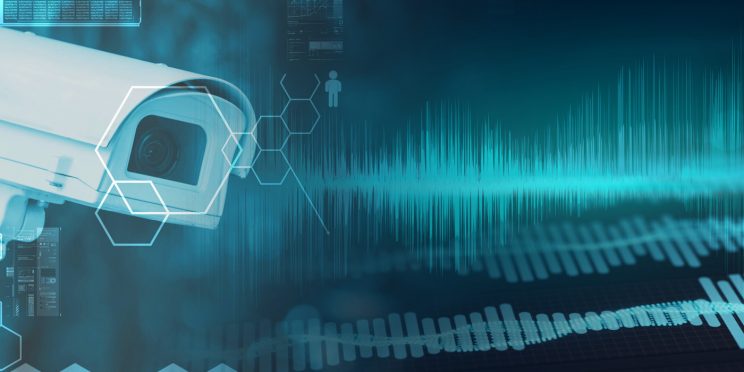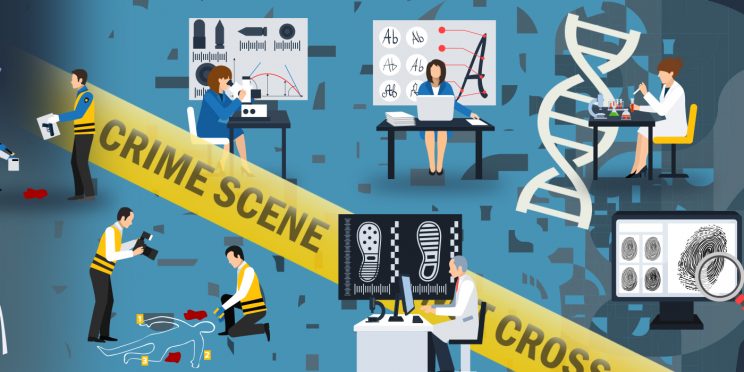Original Release Date: November 6, 2020
Criminal investigations often necessitate the application of a multitude of forensic disciplines. While some cases can be solved by a single piece of evidence, most have a myriad of evidence types to forward and investigation. Bloodstains, DNA analysis, latent prints, digital evidence, and reliable police work lead to arrests and can stop a criminal before any more damage is done.
In our latest season, 2020 Case Studies, we sat down with a variety of experts and talked about their most interesting cases. Join us as we discuss bloodstain pattern analysis, photography, serial killers, and much more in this dynamic season of Just Science!
In the 2020 Case Studies season opener, we sat down with Mitchell Pilkington, crime scene manager at Layton City Police Department in Utah, to discuss psychopathy and criminal behavior.
This episode of Just Science is funded by the National Institute of Justice’s Forensic Technology Center of Excellence [Award 2016-MU-BX-K110].
View or download the episode transcript here:
Transcript
Guest Biography
Mitchell Pilkington is the Crime Scene Manager for the Layton City Police Department. He began his career in 2001, with an interest in latent print identification, bloodstain pattern analysis and crime scene reconstruction. Mitch is also an Adjunct Professor for the Criminal Justice Department at Weber State University, where he has instructed for over 15 years. His classes cover a variety of topics including forensic science, theories on crime and serial murder. Mitch’s educational background consists of a M.S. in Criminal Justice from Weber State University. He has provided expert testimony in multiple high-profile cases and is regularly called upon to provide forensic support for other law enforcement agencies. Mitch has also been an independent consultant for local therapists working with victims of violent crime.
The opinions, findings, and conclusions or recommendations expressed in this podcast episode are those of the presenter(s) and do not necessarily reflect those of the U.S. Department of Justice.
Contact us at ForensicCOE@rti.org with any questions and subscribe to our newsletter for notifications.




